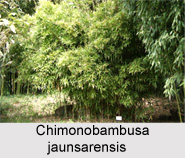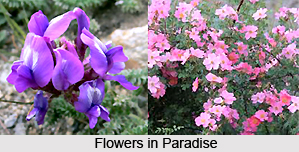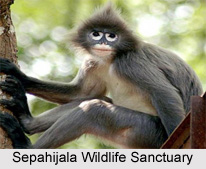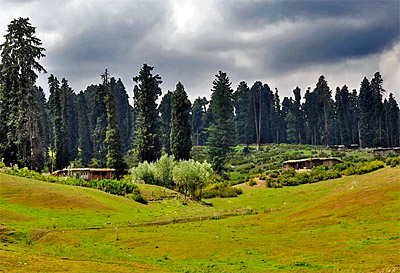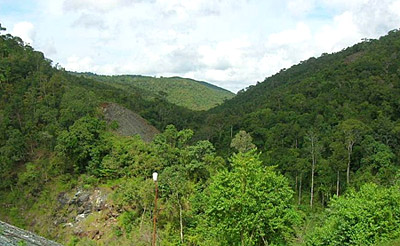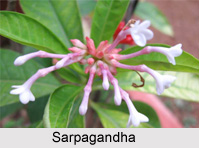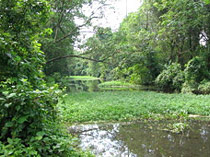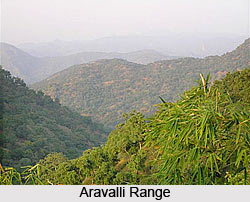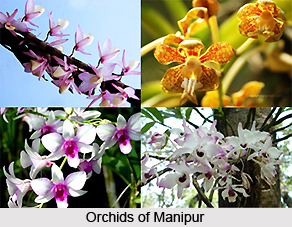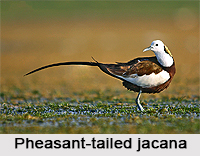 Pheasant-tailed Jacana is specially an Indian Bird, breeds in Indian states where tropical climate in prevailing. This bird has the huge claws and feet which enables them to walk in the wetlands and the moist areas.
Pheasant-tailed Jacana is specially an Indian Bird, breeds in Indian states where tropical climate in prevailing. This bird has the huge claws and feet which enables them to walk in the wetlands and the moist areas.
Pheasant-tailed Jacana is an Indian bird that bears a scientific name "Hydrophasianus chirurgus", is a jacana bird in the monotypic genus "Hydrophasianus".
Genus of Pheasant-tailed Jacana
Pheasant-tailed Jacana are a group of waders in the family Jacanidae that are particular for their huge feet and claws which allow them to saunter on floating vegetation in shallow lakes, their preferred habitat.
Behaviour of Pheasant-tailed Jacana
Pheasant-tailed Jacana is capable of swimming, although it usually walks on the vegetation. The females are more colourful than the males and are polyandrous.
Breeding of Pheasant-tailed Jacana
Pheasant-tailed Jacana has a breeding place in India, south-east Asia, and Indonesia. It is sedentary in much of its range, but northern breeders from south China and the Himalayas migrate into peninsular India and Southeast Asia. Pheasant-tailed Jacana is also resident in Taiwan, where it is considered endangered. It has been recorded as a vagrant in Australia.
Breeding of Pheasant-tailed Jacana
Pheasant-tailed Jacana is one and only jacana bird to have a different breeding plumage. Pheasant-tailed Jacana is conspicuous and unmistakable.
Structure of Pheasant-tailed Jacana
Pheasant-tailed Jacana is around 39-58 cm in length, about 25 cm of which is comprised by the pheasant-like tail. The body mass of Pheasant-tailed Jacana is reportedly 113-135 gram in males and 205-260 gram the larger females. The outermost primaries have a spatulate extension of 2 cm and the seventh primary has a broad protrusion.
Adults of Pheasant-tailed Jacana
The breeding adults of Pheasant-tailed Jacana are mainly black other than white wings, head, and fore neck. The hind neck of Pheasant-tailed Jacana is golden. There is a striking white eyestripe. The legs and very long toes of Pheasant-tailed Jacana are grey. The non-breeding adult Pheasant-tailed Jacana lacks the long tail. The under parts of Pheasant-tailed Jacana are white except for a brown breast band and neck stripe. The side of the neck is golden. Young birds have brown upperparts. The underparts of Pheasant-tailed Jacana are white, with a weak brown breast band.
Breeding Season of Pheasant-tailed Jacana
Pheasant-tailed Jacana breeds on floating vegetation from March to July. In southern part of India like Andhra Pradesh, Tamil Nadu, Telangana, and other South Indian states, Pheasant-tailed Jacana breeds in the monsoon season, June-September. Pheasant-tailed Jacanas are polyandrous and a female may lay up to 10 clutches. The four black-marked brown eggs of Pheasant-tailed Jacana are laid in the floating nests.
Feedings of Pheasant-tailed Jacana
The main sources of food of Pheasant-tailed Jacana are insects and other invertebrates picked from the floating vegetation or the water`s surface.
